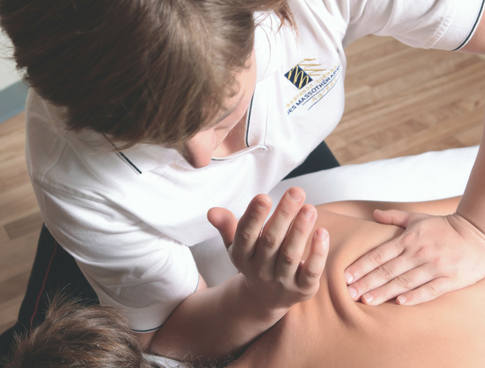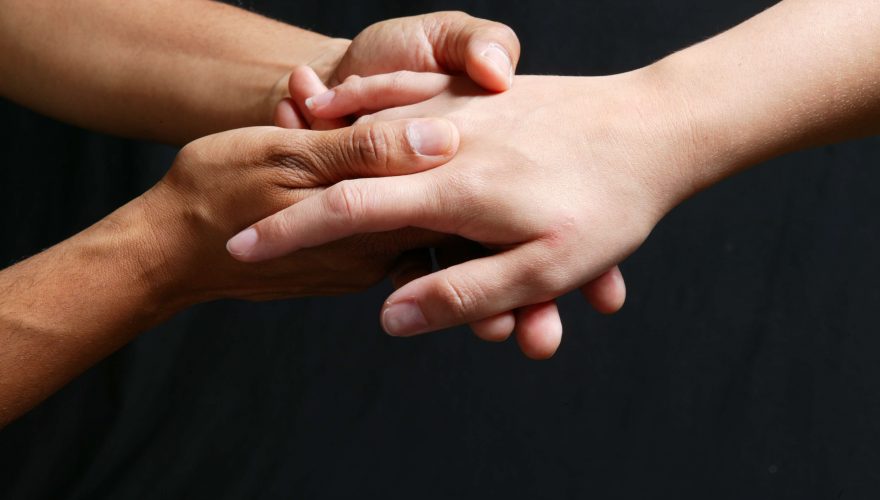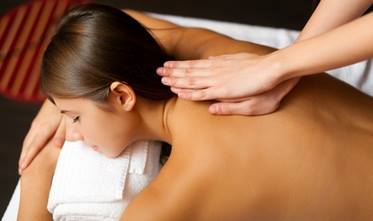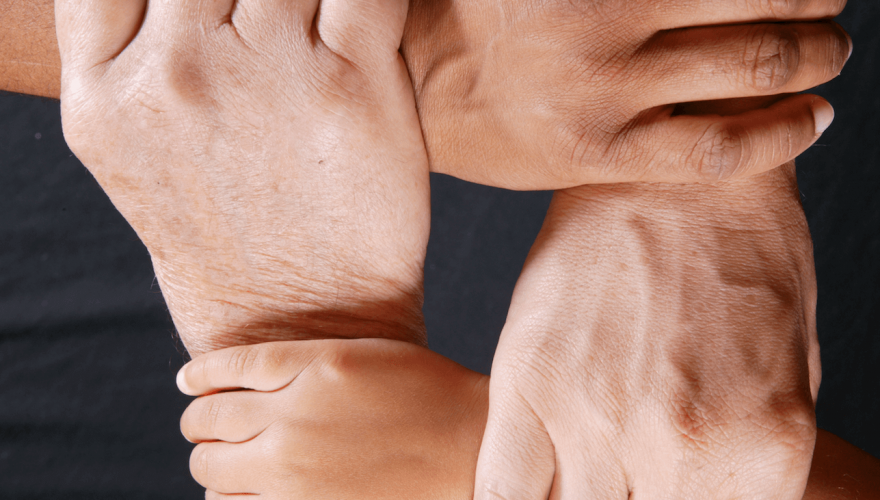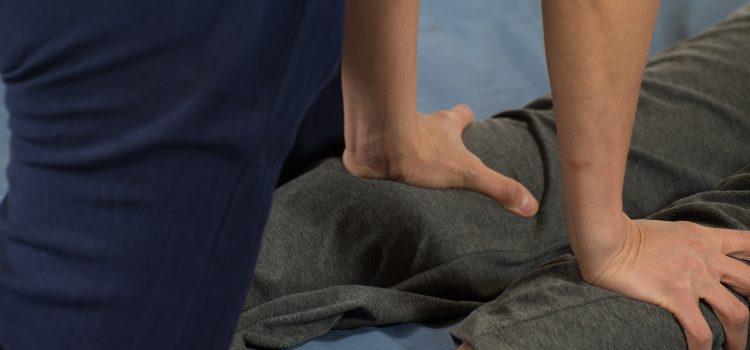
Thai yoga massage combines yoga poses, spirituality and meditation, as well as the benefits of therapeutic touch through massage.
Working the energy lines is the main focus of Thai massage. Thai medicine is based on the belief in an intrinsic vital force or energy (prana) which flows through the body. To promote health and vitality, this energy must be able to circulate freely. When the prana is blocked or restricted, this results in ailments or illnesses that can manifest physically, emotionally or even spiritually. The main goal of the massage is to clear these blockages and allow energy to circulate along the sen. While the Thai energy system is not based on the Chinese meridian system, the two are quite similar.
Jump to section :
History
Thai massage has its roots in the arrival of Buddhist monks and doctors in Thailand more than 2,500 years ago. In particular, it originated with Jivaka Kumar Bhaccha, Buddha’s personal physician. Developed in Buddhist temples, Thai massage reflects the spirit of metta (unconditional love and compassion) and vipassana (awareness of the present). It is a mixture of techniques combining yoga, Ayurveda (traditional Indian medicine) and meditation.
Originally, Thai massage techniques were passed down orally from master to student or even within the family.
Only in the late 1980s and early 1990s did this approach become popular in the West.
Applications and Effects
Thai massage is similar to other massage therapy techniques with the exception of three characteristics:
- Stretches: yoga-based exercises that are done alongside the practitioner.
- Energy work: the massage itself, which is performed using the palms, thumbs, and occasionally the arms, forearms, elbows and feet.
- Meditation
Meditation is an important aspect of Thai massage and involves recentring oneself through yoga, with the therapist directing the poses and movements while respecting the client’s flexibility and rhythm.
Indications and Contraindications
By working the body from a physical and energy standpoint, Thai massage has a highly therapeutic effect which helps relieve common ailments such as lower back pain, arthritis, headaches, digestive issues, menstrual and menopause problems and stress-related illnesses. It therefore provides a general sense of relaxation that helps people address their emotional problems.
However, there are some absolute contraindications to Thai yoga massage, including fever, severe hemophilia, contagious disease, bone decalcification, severe osteoporosis, acute rheumatoid arthritis and phlebitis.
Feel free to consult your doctor before making an appointment to ensure that it is safe for you to receive a massage.
Conduct of a session
Thai yoga massage is a full body massage which is performed on a mat on the floor in loose and comfortable clothing. It incorporates certain tai chi movements, rhythmic gestures, palm and thumb pressure along energy lines (“sen” lines), gentle stretching and the conscious use of breathing. Practitioners use their hands, feet, arms and legs to guide the client through various yoga poses, while remaining focused on aligning the centre of their own body.
During a session, practitioners pay particular attention to their clients’ breathing and degree of flexibility while gently moving them through different poses. Each pose is designed to “open” the body and allow energy to flow freely along the sen lines (72,000 of which have been identified, although Thai massage focuses on the 10 main ones). This “opening” increases mobility and joint flexibility, improves circulation, invigorates the organs and relieves muscle and emotional tension.
Because of the spiritual dimension of this technique, practitioners may recite a prayer or mantra at the beginning and end of the session in order to focus and respect tradition.


